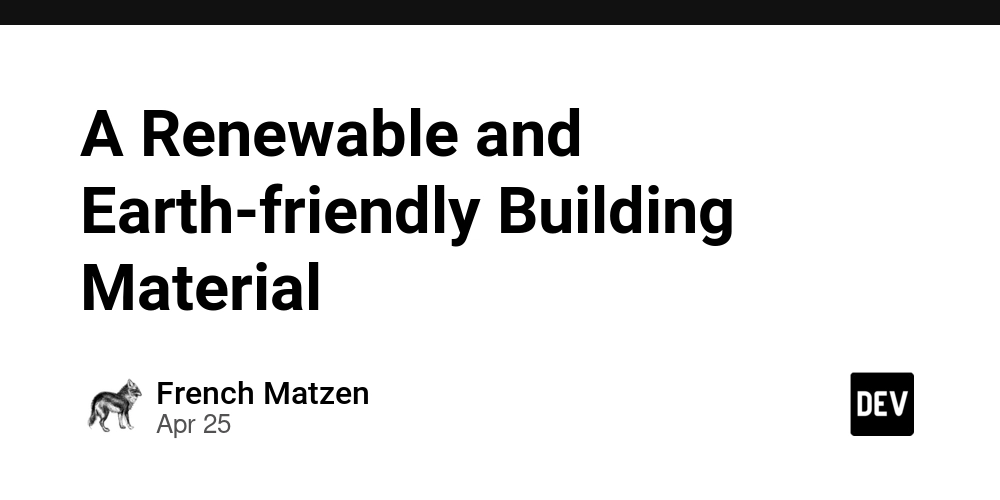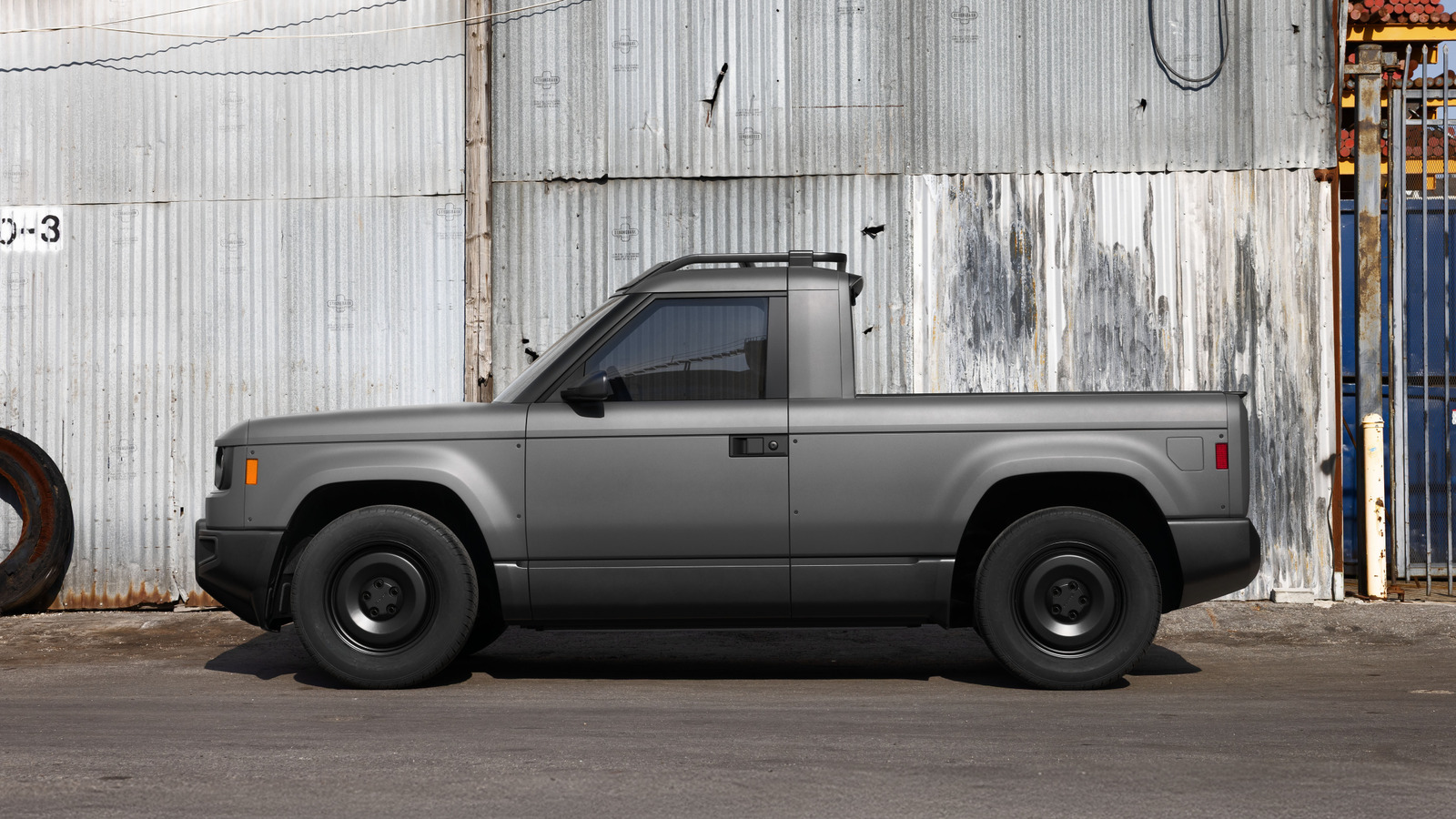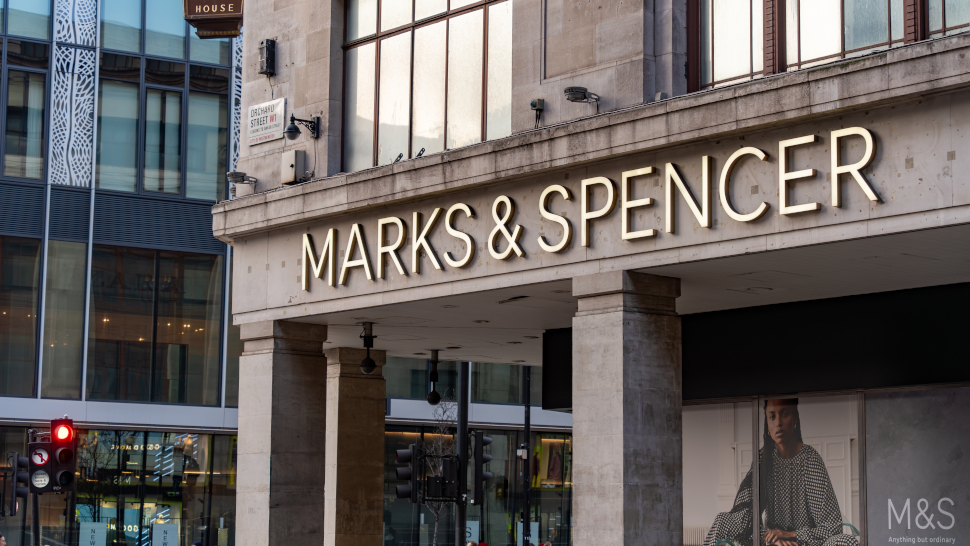A Renewable and Earth-friendly Building Material
In today’s building world, where environmental responsibility and even long-term value tend to be more important than at any time, timber framing is an acronym out as a building method that checks every box. Combining sustainability, strength, in addition to timeless style, hardwood framing isn’t merely a nod for the past—it’s a clever investment in the future. From tailor made homes to barns, pavilions, and outbuildings, timber frame buildings offer exceptional overall performance, beauty, and ecological benefits that modern day homeowners and building contractors increasingly prioritize. Whether you’re starting coming from scratch or incorporating to your house, here’s why choosing wooden framing makes thus much sense—today as well as for generations to appear. A Alternative and Eco-Friendly Making Material One of the most powerful good choose wood framing is sustainability. Unlike steel in addition to concrete, which need intensive energy and non-renewable fuels to make, wood can be a renewable resource that may be harvested with minimal ecological impact—especially when procured from responsibly been able forests. Every time a tree is harvested plus turned into some sort of structural timber, it continues to store the carbon it absorbed during their life. Which means that hardwood framing provides a natural carbon sink, being able to help reduce greenhouse gases. In contrast, concrete floor and steel discharge large amounts involving CO₂ during creation. Timber frame design also generates substantially less waste compared to conventional stick-built approaches. Because many wood frames are created in a course setting with accuracy cutting, on-site squander is minimal—and any offcuts can frequently be repurposed. Energy Efficiency Of which Saves As time passes Some sort of timber frame structure offers excellent cold weather performance when used with modern efficiency techniques. Because the particular frame itself has the structural insert, it’s easy to wrap the whole developing in a continuous envelope of high-efficiency insulation—commonly in the particular form of Strength Insulated Panels (SIPs). This uninterrupted insulating material dramatically reduces high temperature loss, drafts, in addition to cold spots, causing lower energy expenses and a smaller environment footprint. Over period, these savings can add up considerably, helping offset first construction costs. Moreover, the thermal size of heavy timbers helps regulate indoor temperatures, absorbing temperature during the working day and releasing that at night. This natural moderation regarding interior climate reduces the need regarding artificial cooling and heating. post and beam kits Built to Previous for Generations Durability is really a hallmark involving timber framing. These types of structures are recognized to are a symbol of centuries, with many historical timber frame homes and barns nonetheless in use these days. Their longevity is usually due partly to the large dimensions with the timbers and even the usage of interlocking joints, which distribute loads evenly and even reduce stress on individual components. Contrary to lightweight framing, which will sag or change over time, hardwood frames remain secure and robust even under heavy loads or adverse weather conditions. With appropriate care—such as periodic sealing or staining—timber structures may last with regard to generations with nominal maintenance. This implies much less money spent upon repairs and replacements, and greater peacefulness of mind knowing your investment is built on a sturdy, time-tested foundation. Aesthetic and Emotional Benefit Timber framework buildings offer something intangible that’s usually missing in modern construction: soul. The particular natural splendor of open wood, the design of traditional joinery, along with the warmth regarding open beams generate an atmosphere of which feels both grounded and inspiring. Whether you’re building a new primary residence or a weekend retire, a timber framework structure becomes more a building—it turns into a place with figure, stories, and psychological resonance. This makeup value often means real estate elegance too. Homes in addition to barns with subjected timber elements tend to attract customers and can command a premium about the market. In addition, the customizable character of timber framework allows you in order to create a building that reflects your own personality and beliefs, whether you prefer rustic charm, current minimalism, or something in the middle. Versatile to get a Range associated with Uses Timber mounting isn’t restricted to large custom homes. It’s just as useful and beautiful for barns, garages, courses, guest houses, and even pavilions. Because timber frames don’t need load-bearing interior surfaces, these structures offer flexible floor plans that can evolve after some time to satisfy changing

In today’s building world, where environmental responsibility and even long-term value tend to be more important than at any time, timber framing is an acronym out as a building method that checks every box. Combining sustainability, strength, in addition to timeless style, hardwood framing isn’t merely a nod for the past—it’s a clever investment in the future.
From tailor made homes to barns, pavilions, and outbuildings, timber frame buildings offer exceptional overall performance, beauty, and ecological benefits that modern day homeowners and building contractors increasingly prioritize. Whether you’re starting coming from scratch or incorporating to your house, here’s why choosing wooden framing makes thus much sense—today as well as for generations to appear.
A Alternative and Eco-Friendly Making Material
One of the most powerful good choose wood framing is sustainability. Unlike steel in addition to concrete, which need intensive energy and non-renewable fuels to make, wood can be a renewable resource that may be harvested with minimal ecological impact—especially when procured from responsibly been able forests.
Every time a tree is harvested plus turned into some sort of structural timber, it continues to store the carbon it absorbed during their life. Which means that hardwood framing provides a natural carbon sink, being able to help reduce greenhouse gases. In contrast, concrete floor and steel discharge large amounts involving CO₂ during creation.
Timber frame design also generates substantially less waste compared to conventional stick-built approaches. Because many wood frames are created in a course setting with accuracy cutting, on-site squander is minimal—and any offcuts can frequently be repurposed.
Energy Efficiency Of which Saves As time passes
Some sort of timber frame structure offers excellent cold weather performance when used with modern efficiency techniques. Because the particular frame itself has the structural insert, it’s easy to wrap the whole developing in a continuous envelope of high-efficiency insulation—commonly in the particular form of Strength Insulated Panels (SIPs).
This uninterrupted insulating material dramatically reduces high temperature loss, drafts, in addition to cold spots, causing lower energy expenses and a smaller environment footprint. Over period, these savings can add up considerably, helping offset first construction costs.
Moreover, the thermal size of heavy timbers helps regulate indoor temperatures, absorbing temperature during the working day and releasing that at night. This natural moderation regarding interior climate reduces the need regarding artificial cooling and heating.
post and beam kits
Built to Previous for Generations
Durability is really a hallmark involving timber framing. These types of structures are recognized to are a symbol of centuries, with many historical timber frame homes and barns nonetheless in use these days. Their longevity is usually due partly to the large dimensions with the timbers and even the usage of interlocking joints, which distribute loads evenly and even reduce stress on individual components.
Contrary to lightweight framing, which will sag or change over time, hardwood frames remain secure and robust even under heavy loads or adverse weather conditions. With appropriate care—such as periodic sealing or staining—timber structures may last with regard to generations with nominal maintenance.
This implies much less money spent upon repairs and replacements, and greater peacefulness of mind knowing your investment is built on a sturdy, time-tested foundation.
Aesthetic and Emotional Benefit
Timber framework buildings offer something intangible that’s usually missing in modern construction: soul. The particular natural splendor of open wood, the design of traditional joinery, along with the warmth regarding open beams generate an atmosphere of which feels both grounded and inspiring.
Whether you’re building a new primary residence or a weekend retire, a timber framework structure becomes more a building—it turns into a place with figure, stories, and psychological resonance. This makeup value often means real estate elegance too. Homes in addition to barns with subjected timber elements tend to attract customers and can command a premium about the market.
In addition, the customizable character of timber framework allows you in order to create a building that reflects your own personality and beliefs, whether you prefer rustic charm, current minimalism, or something in the middle.
Versatile to get a Range associated with Uses
Timber mounting isn’t restricted to large custom homes. It’s just as useful and beautiful for barns, garages, courses, guest houses, and even pavilions. Because timber frames don’t need load-bearing interior surfaces, these structures offer flexible floor plans that can evolve after some time to satisfy changing needs.
A barn can later be converted to a studio room, an open-plan residence can easily allow for additions, and a new workshop can turn into a guest new with little strength modification. This elasticity makes timber frames ideal for multi-generational living, home-based organizations, or growing families.
To put it briefly, investing within a timber body isn’t just concerning what you need now—it’s regarding what you’ll need to have in 10, twenty, or 50 years.
Financially Smart, Mentally Rewarding
While wood frame construction may carry a larger upfront cost compared to standard stick-built methods, the long-term worth often outweighs typically the initial investment. Decreased energy costs, lower maintenance, longer life expectancy, and enhanced second-hand value all bring about to a positive return over time.
Plus, there's a deeper sort of value—emotional investment. There’s satisfaction in building some thing enduring, in deciding on quality materials, plus in creating some sort of space that lines up together with your values. Wooden frame buildings turn into heirlooms, homes of which are passed down somewhat than torn down.
Conclusion
In a world where fast construction in addition to disposable design are typical too common, hardwood framing stands as being a powerful alternative: lasting, strong, and amazingly beautiful. Whether you’re planning a personalized home, an efficient barn, or possibly a charming outbuilding, investing in timber framing means selecting a structure that will honors tradition when embracing modern needs.
It’s a selection for those who value top quality over quantity, durability over quick maintenance tasks, and sustainability over short-term thinking. It’s not only a building method—it’s a legacy.
post and beam kits





































































































































































![[The AI Show Episode 144]: ChatGPT’s New Memory, Shopify CEO’s Leaked “AI First” Memo, Google Cloud Next Releases, o3 and o4-mini Coming Soon & Llama 4’s Rocky Launch](https://www.marketingaiinstitute.com/hubfs/ep%20144%20cover.png)
















































































































































































































































.jpg?#)


















































































































































![Apple to Shift Robotics Unit From AI Division to Hardware Engineering [Report]](https://www.iclarified.com/images/news/97128/97128/97128-640.jpg)

![Apple Shares New Ad for iPhone 16: 'Trust Issues' [Video]](https://www.iclarified.com/images/news/97125/97125/97125-640.jpg)



































































































































